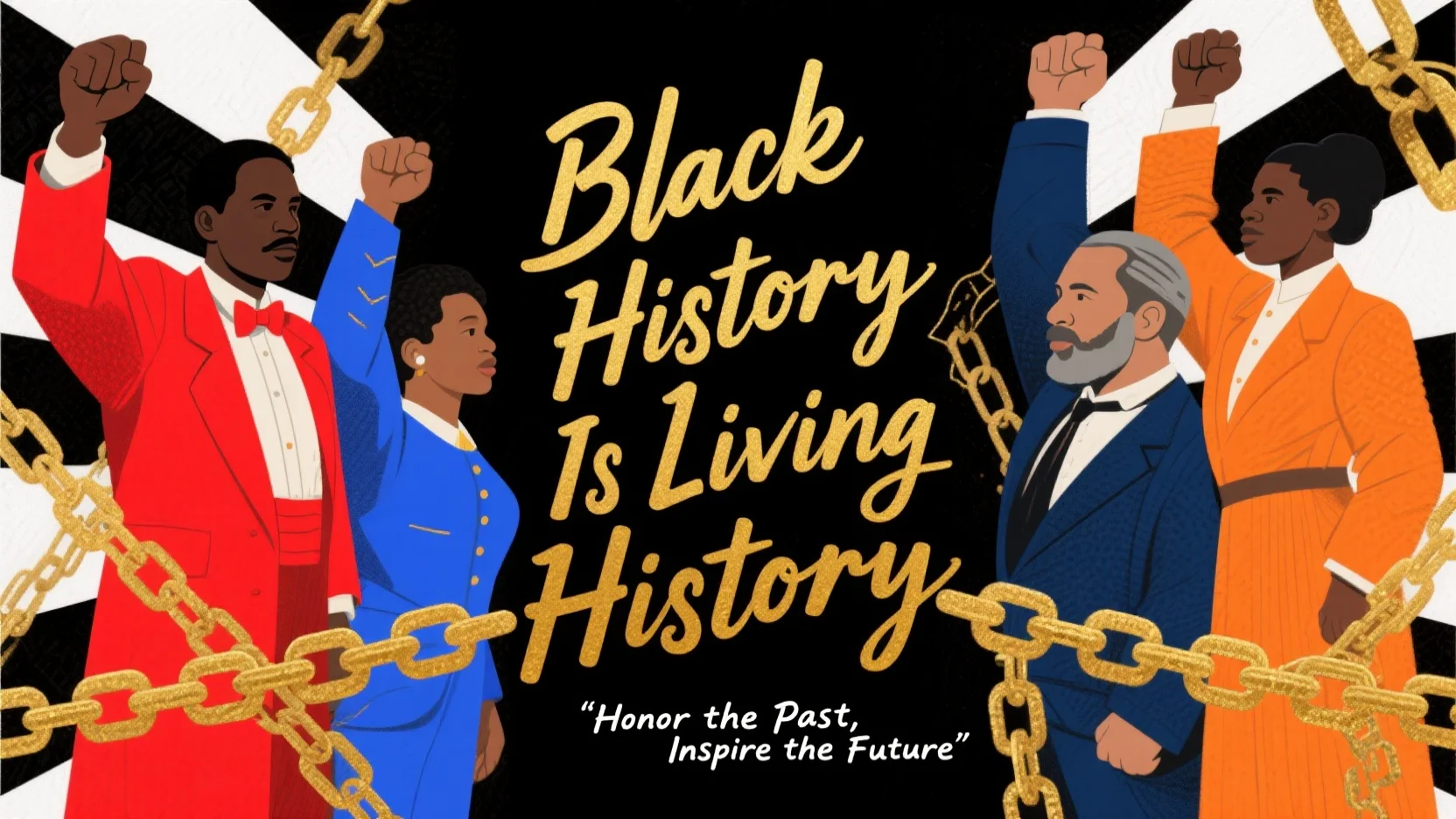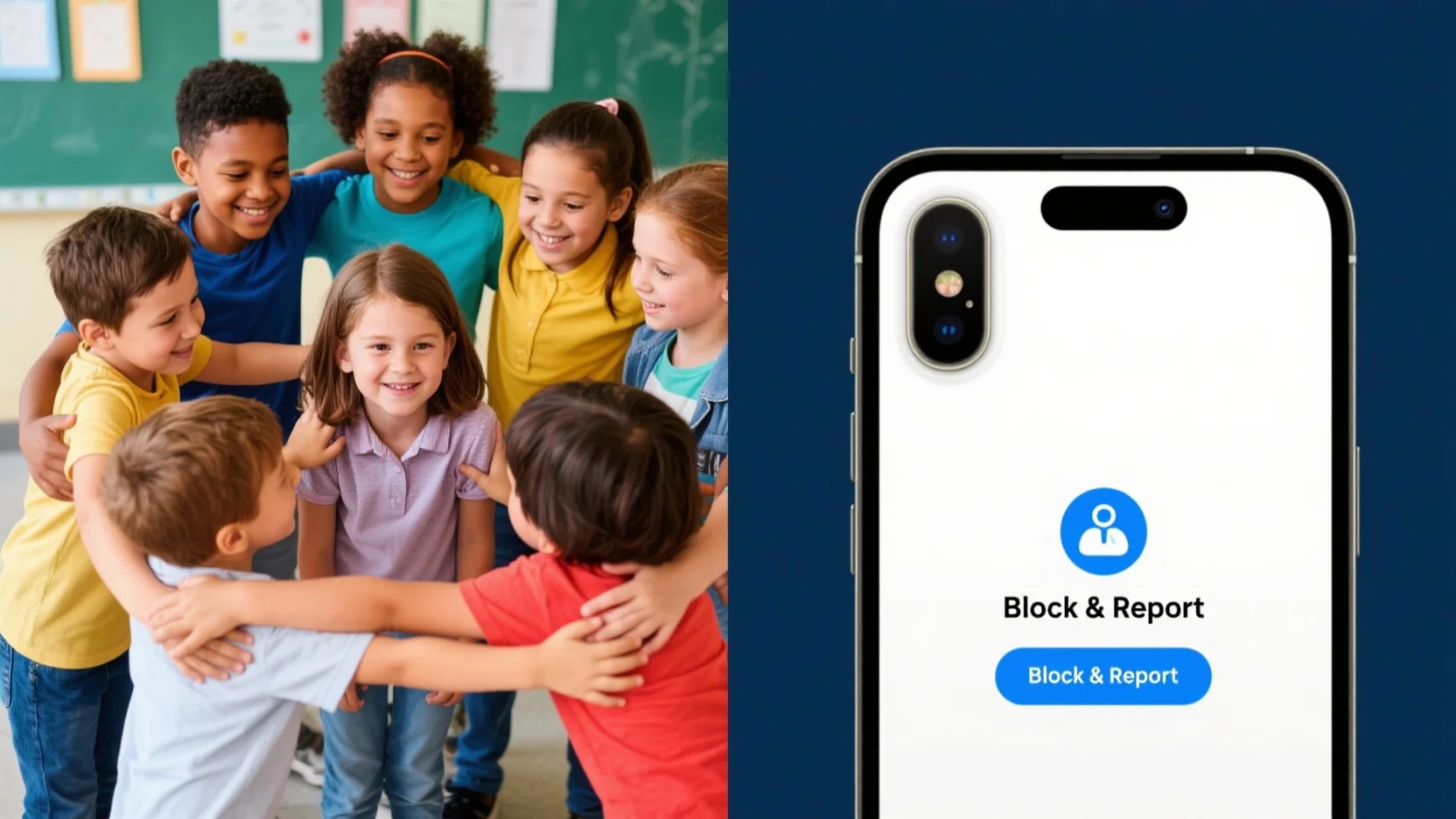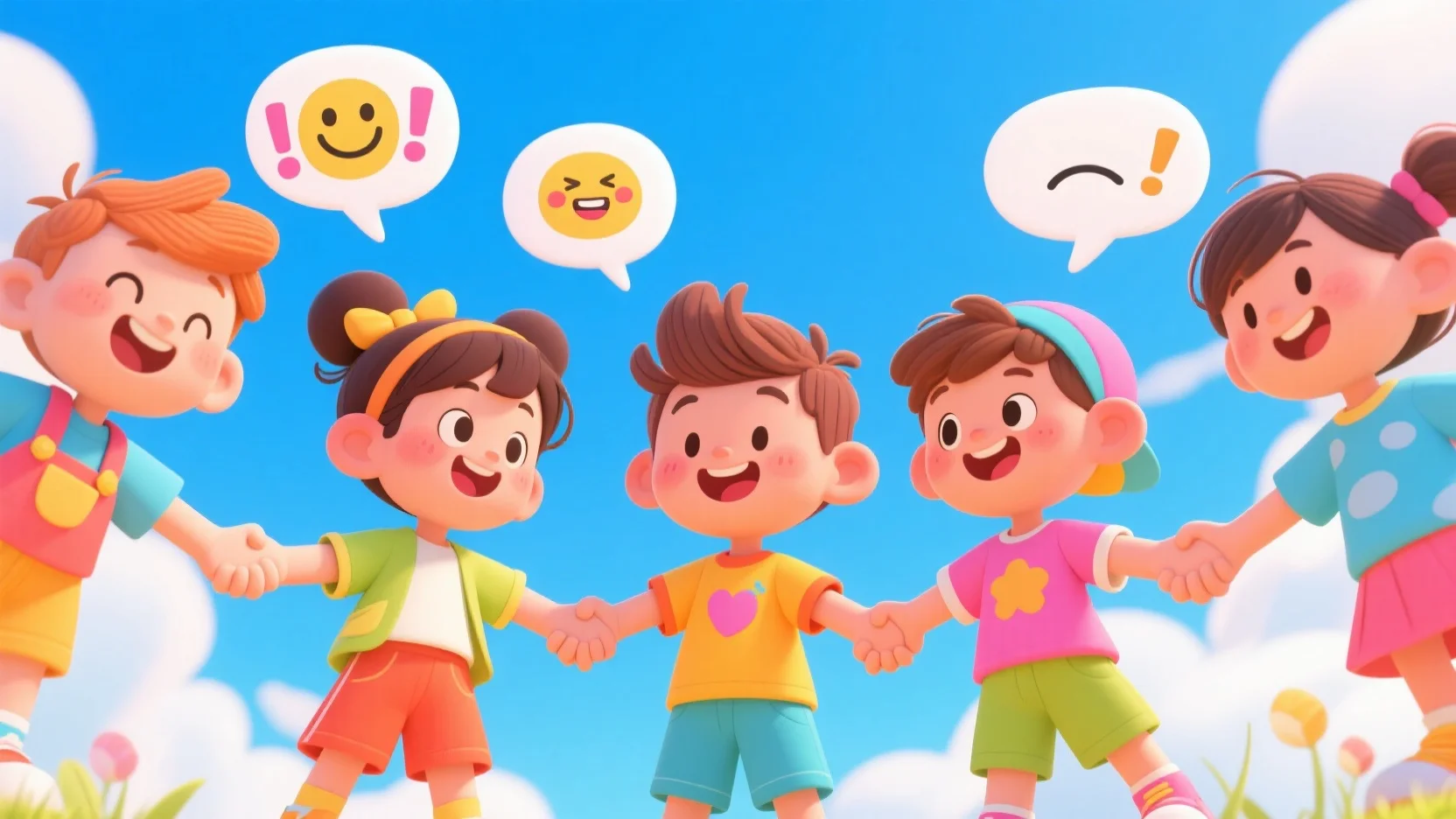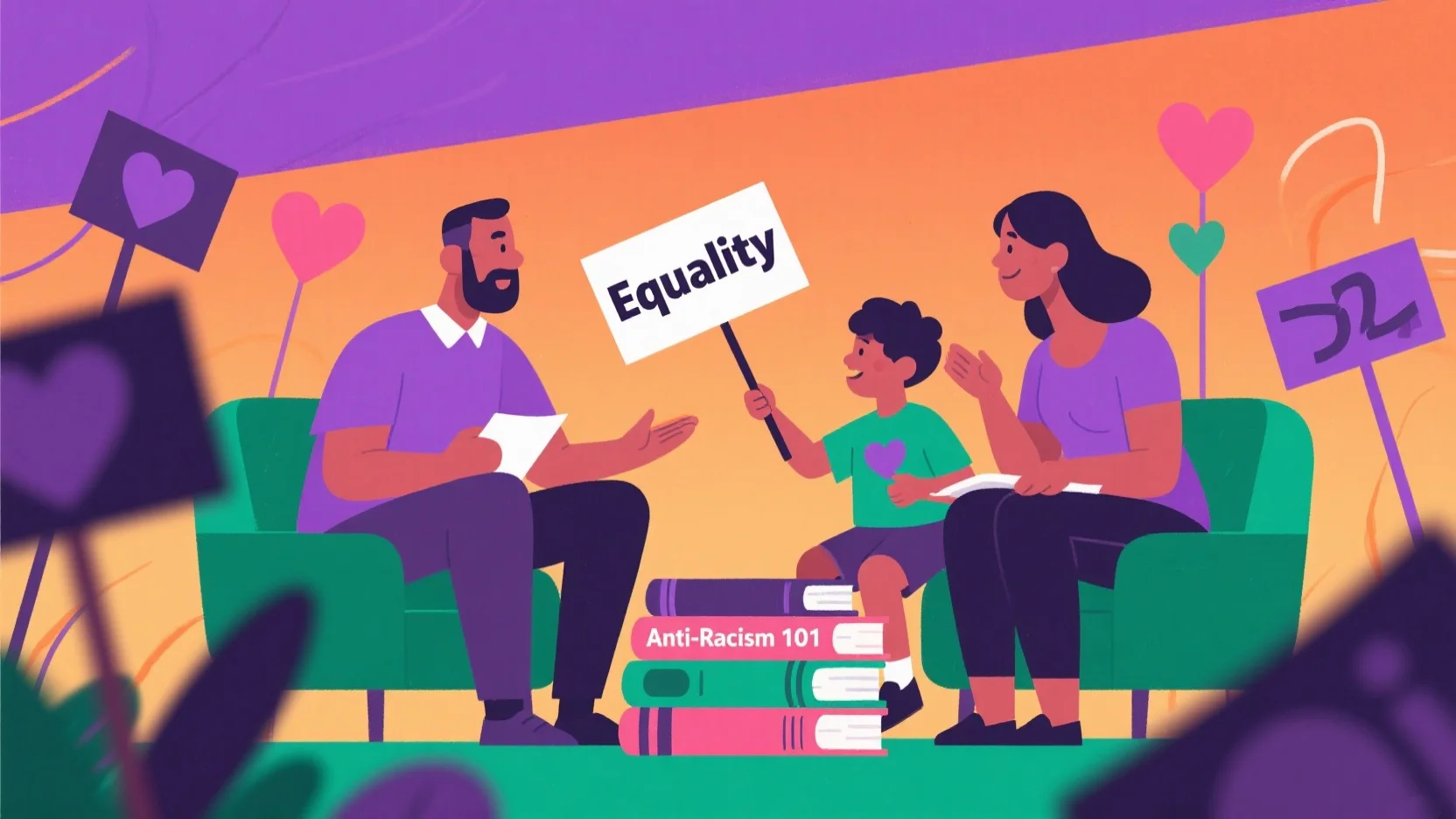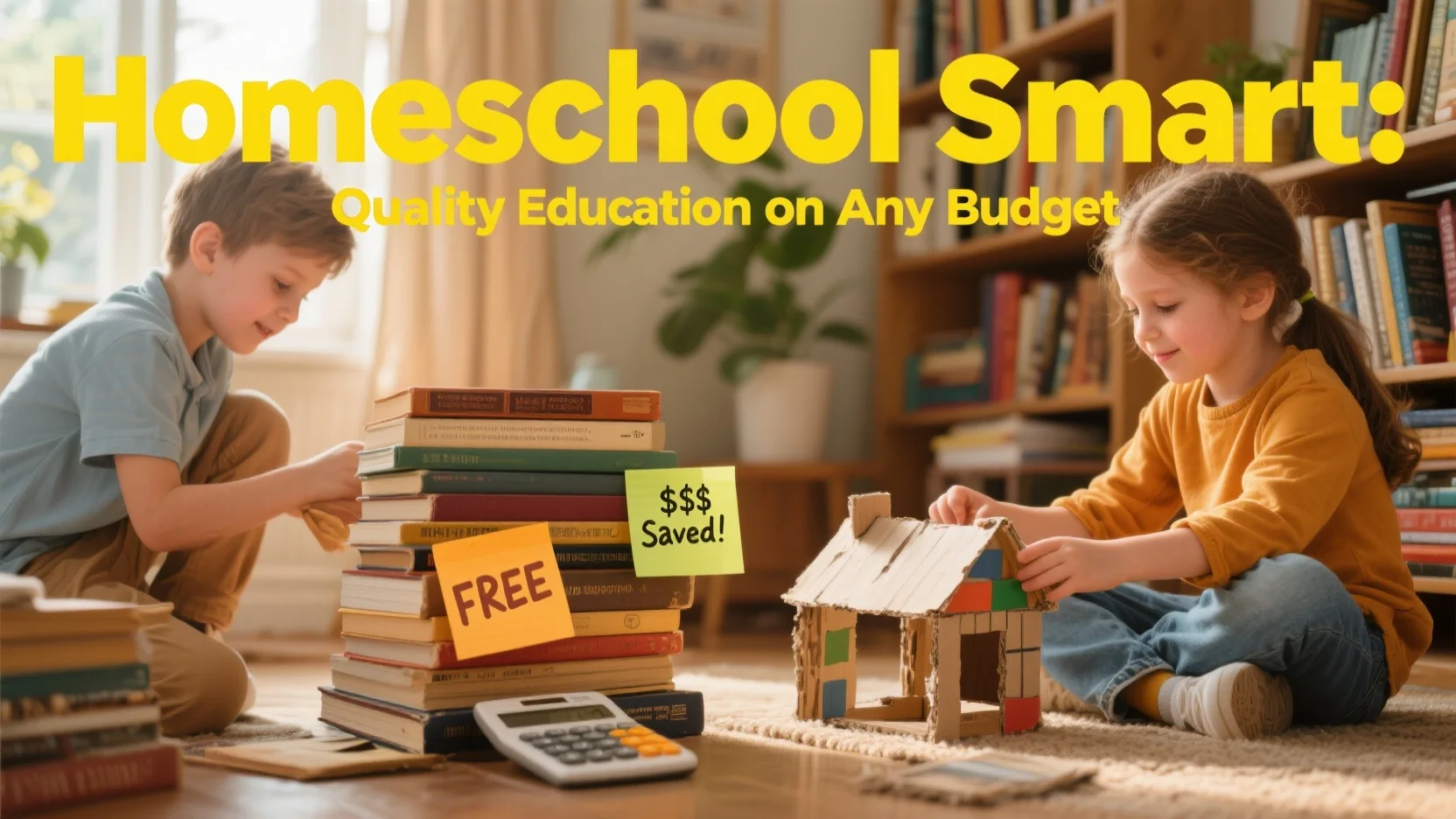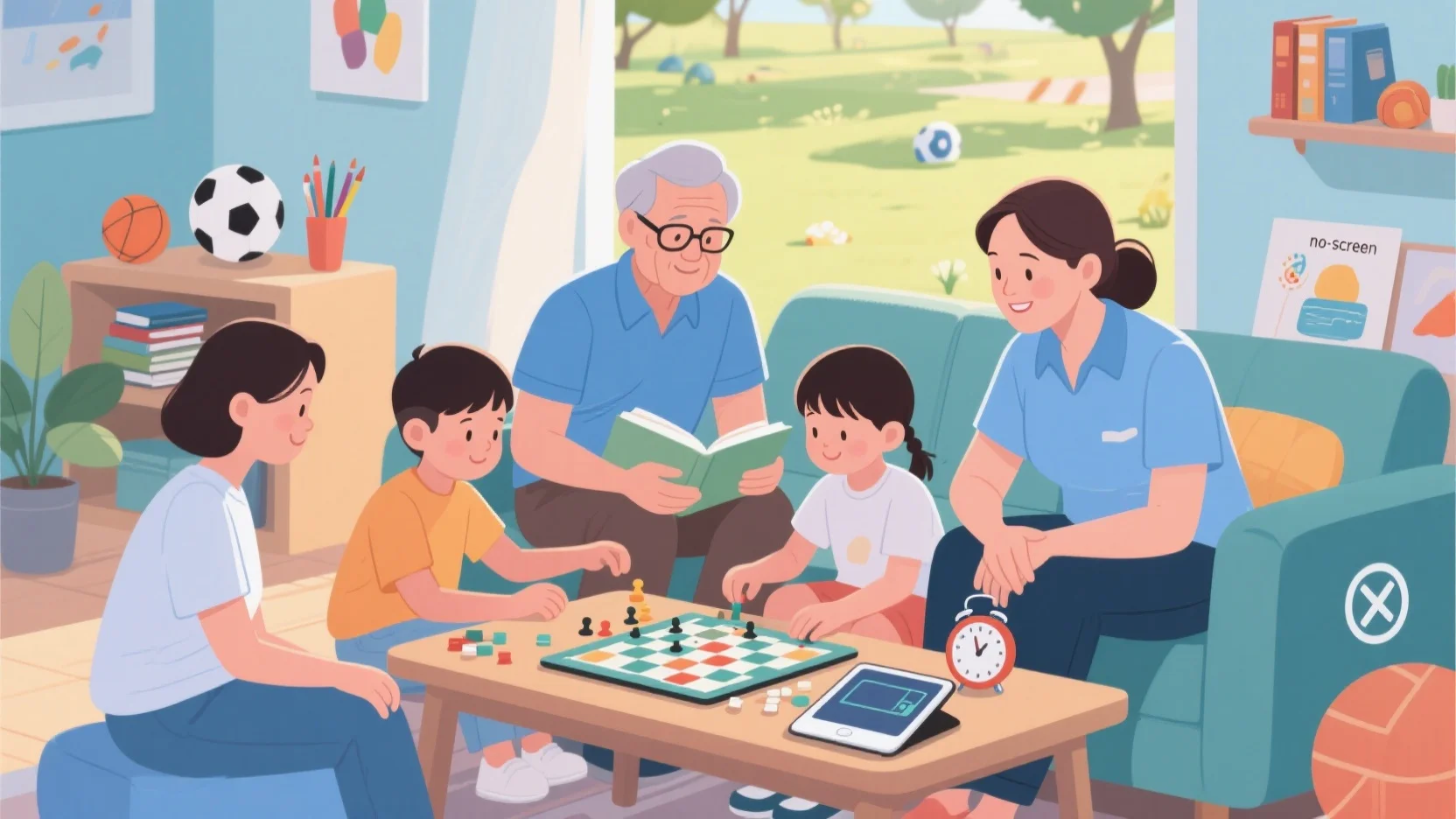Yes! Toys are a powerful way to introduce children to different cultures—making learning fun, interactive, and memorable. From diverse dolls to global musical instruments, the right toys can spark curiosity, build empathy, and teach kids about the world beyond their own experiences.
🎨 Best Cultural Learning Toys for Kids
1. Multicultural Dolls & Figurines
Why they work:
- Show diversity in skin tones, facial features, and traditional clothing.
- Encourage role-play (e.g., pretending to celebrate Diwali, Lunar New Year, or Hanukkah).
Examples:
- Tender Leaf Hummingbird Dolls (Asian, Black, White, and mixed-race dolls).
- Melissa & Doug “Children of the World” Wooden Puzzle.
✅ Best for: Ages 2+ (pretend play, inclusivity lessons).
2. Global Puzzles & Matching Games
Why they work:
- Teach flags, landmarks, and traditional clothing from different countries.
- Improve memory and recognition skills while learning geography.
Examples:
- eeBoo’s “I Never Forget a Face” Memory Game (features kids from 28 countries).
- Ravensburger “World Landmarks” Puzzle.
✅ Best for: Ages 3+ (early geography & cultural awareness).
3. World Architecture & Building Sets
Why they work:
- Kids build famous landmarks (Eiffel Tower, Taj Mahal, Pyramids of Giza).
- Encourages discussion about history and traditions.
Examples:
- LEGO Architecture Series (Great Wall of China, Statue of Liberty).
- Tegu Magnetic Wooden Blocks (global village sets).
✅ Best for: Ages 5+ (STEM + cultural learning).
4. Musical Instruments from Different Cultures
Why they work:
- Introduces rhythms, sounds, and musical traditions from around the world.
- Great for kinesthetic learners (hands-on play).
Examples:
- African djembe drum.
- Latin American maracas or guiro.
- Japanese koto or taiko drum (mini versions for kids).
✅ Best for: Ages 2+ (music + motor skills).
5. Storytelling & Folktale Puppets
Why they work:
- Brings global folktales and myths to life.
- Encourages empathy and imaginative play.
Examples:
- Indian Kathputli puppets.
- Chinese shadow puppets.
- Mexican alebrijes (colorful folk art creatures).
✅ Best for: Ages 4+ (language & social-emotional learning).
6. Traditional Handmade Cultural Toys
Why they work:
- Preserves artisan craftsmanship.
- Teaches history and cultural pride.
Examples:
- Russian Matryoshka nesting dolls.
- Vietnamese tò he rice dough figurines.
- Japanese kendama (skill toy).
✅ Best for: Ages 3+ (fine motor skills + cultural appreciation).
7. Cultural Subscription Boxes (Monthly Learning)
Why they work:
- Delivers hands-on activities, crafts, and stories from a new country each month.
Examples:
- Little Passports (ages 6–10) – Includes souvenirs, stickers, and fun facts.
- Atlas Crate (ages 6–12) – Focuses on global crafts and recipes.
✅ Best for: Ages 6+ (geography + family bonding).
8. Bilingual & Language-Learning Toys
Why they work:
- Introduces basic words in other languages.
- Helps kids connect language to culture.
Examples:
- LeapFrog Learning Friends (Spanish/French/Chinese).
- Coco Learns Spanish (interactive book).
✅ Best for: Ages 2+ (early language exposure).
🧠 Why These Toys Work for Cultural Learning
✔ Play-Based Learning – Kids absorb more when having fun.
✔ Representation Matters – Seeing diverse toys helps kids feel included and curious.
✔ Multisensory Experience – Music, textures, and storytelling make lessons stick.
✔ Conversation Starters – Parents can discuss traditions, food, and holidays.
📊 Quick Comparison: Best Cultural Learning Toys
| Toy Type | Best Age | Key Learning Benefit |
|---|---|---|
| Multicultural Dolls | 2+ | Empathy, diversity awareness |
| Global Puzzles | 3+ | Geography, memory skills |
| World Building Sets | 5+ | History, engineering, culture |
| Musical Instruments | 2+ | Rhythm, global traditions |
| Folktale Puppets | 4+ | Storytelling, language skills |
| Handmade Cultural Toys | 3+ | Fine motor skills, art history |
| Subscription Boxes | 6+ | Monthly global exploration |
| Bilingual Toys | 2+ | Language & cultural connection |
🎯 Final Takeaway
Yes! Toys can and should be used to teach kids about other cultures. The best ones:
✅ Are fun and engaging (not preachy).
✅ Show real diversity (not stereotypes).
✅ Encourage hands-on learning (not just passive watching).
Pro Tip: Pair these toys with books, food, and family discussions for deeper learning!



